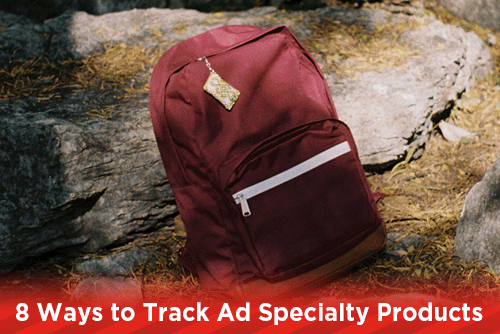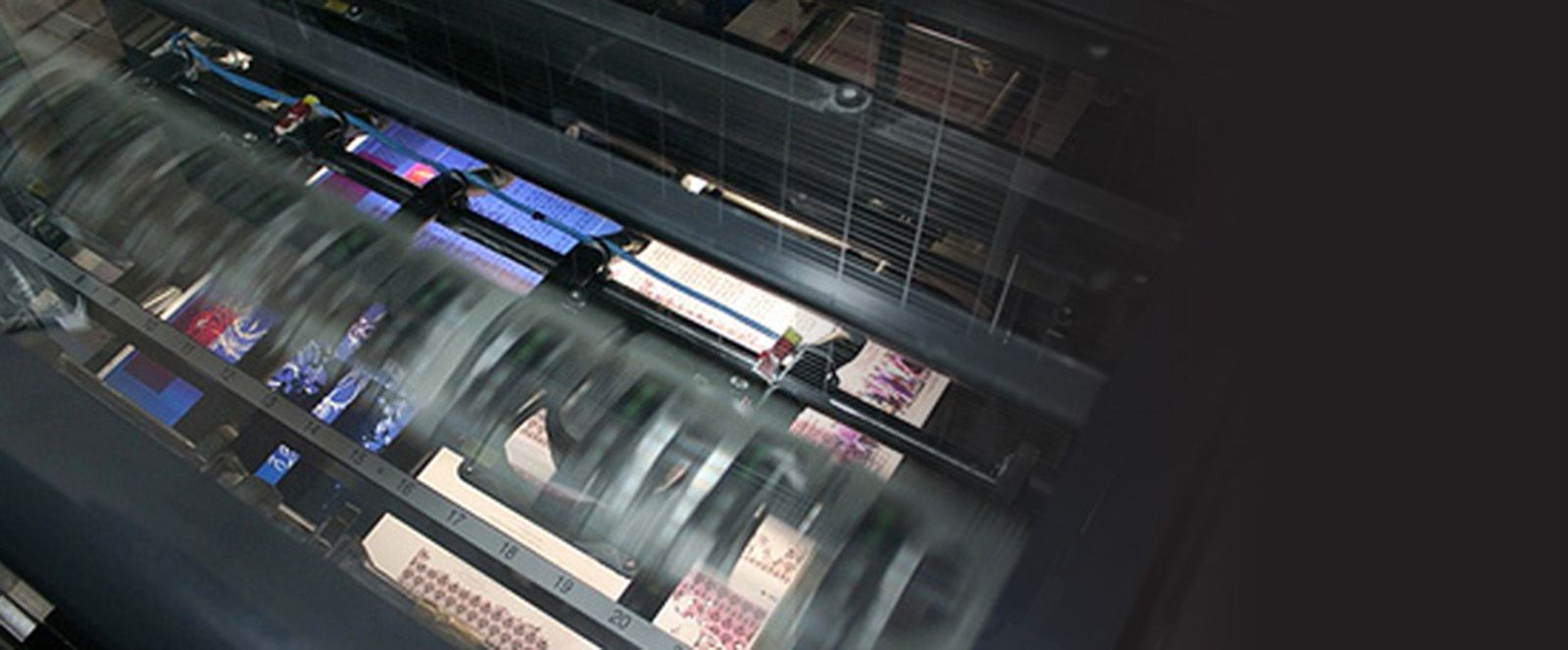
When you give out promotional items like koozies, or tote bags, to bring more clients to your business or to generate new leads, how do you track the effectiveness of your campaign? Unlike digital media, you can not track click through rates or gauge the success or failure of your marketing dollar through visits to your website. Following these these 8 steps will help you track your promotional products.
Know What and Why You Are Tracking
Begin by determining what or why you want to track your promotional item giveaways. Are you wanting to generate new leads by offering digital rewards? Maybe you just want to get your name out into the local area by handing out tote bags to people at a large community yard sale. Or you are pairing up ad specialty promotional items as a follow up to a recent postcard campaign. Do you want to track a vanity URL people will have to type into their web browser? Or a special phone number you have set up for the campaign? Whatever the reason behind your ad specialty campaign, you need to be able to track the success of the products your are giving out. You also need to be ready to use the data you accumulate to plan your next campaign and to track that one also.
Digital Rewards
Digital rewards can be anything you want to give someone for visiting your website. Create a card or package that directs people to a specific landing page to redeem their digital code. By redeeming the code, visitors can download music, ebooks, Redbox codes to redeem at kiosks or a printable coupon for a restaurant. By offering a code that is redeemable on your website, you can track the visits to the particular page where the user enters the code. If you add a form for visitors to fill out including their contact information, you can build a database for potential leads to contact at a later time. Just be sure you make it known what the form is for, what they will receive by filling out the form, and how you will use the data from the form.
#Hashtags
Adding a hashtag to your promotional product, with a clear call to action on how to use the hashtag, can help you add followers to your social media sites. You will need to research the hashtag you are planning to use and make sure that it is unique and only being used by your company. If you have a short and catchy slogan, like Nike's #JustDoIt, you could use that as your hashtag. Or if you want to encourage people to post images on social media with your product, give a clear call to action like "Show some social love by using #PSLoveMyTote." By using your company initials as the first characters of the hashtag, you can make it unique to your brand. Whenever someone uses the hashtag on their social site, you will know that they saw it on your promotional product, allowing you to see how it was received.
Vanity URLs
A vanity URL is a unique URL that is used for branding purposes. If your company offers multiple services such as electrical work, plumbing and construction, you can create vanity URLs that would make it easy to advertise only one service at a time. For example, your company name is ABC General Contractors and your website URL is abcgencontractors.com. You can create vanity URLs like ABCPlumbing.com. ABCElectrical.com and ABCConstruction.com and have each one point to a landing page for that service. A good way to use ad specialty products alongside vanity URLs would be to imprint the construction URL on a small toolkit, the electrical URL on a lightbulb shaped magnet, and the plumbing URL on a toilet memo holder. Tracking visits to each landing page from the vanity URLs will give you insight into who is using your products.
Custom Phone Numbers
A custom phone number is another way that allows you to track your ad specialty product effectiveness. There are a number of services out there that provide vanity phone numbers, such as Google Voice or Phone.com. If the company you choose does not offer tracking services for the phone number, you will need to have another provider do that for you in order to see the results of using your custom number in a campaign. When choosing a number that spells out words, be sure to choose words that match your services. 1-800-GO FEDEX and 1-800 YES HONDA are great examples of vanity phone numbers. Using your vanity phone number on your ad specialty products is a good way to promote the new number and draw attention to your brand.
QR Codes
QR codes, those small black squares with squiggly lines, are making a comeback. QR codes were first used in 1994 by Japanese automakers as a way to track vehicles during manufacturing. The codes are capable of storing more information than a matrix barcode and can be used to store addresses, phone numbers, website URLs and add a vCard to a users contacts. There are many apps that will scan a QR code and perform whichever task is assigned to the QR code. Using them on ad specialty products gives you the ability to construct an email message with a specific subject line. Tracking emails with the specified subject line will help you track your campaign.
Unique Landing Pages
Unique landing pages, a webpage created for marketing purposes that is linked to by a unique URL or ad, are the perfect way to track the success of your ad specialty product campaign. You can create as many landing pages as you need, to use on many different marketing campaigns. Having an ad specialty product with a direct call to action leading to the landing page allows you to monitor visits to your site. It is best to keep the URL of the landing page short, as most visitors will need to type it into their browsers. If you can not get away from a long URL, use a URL shortener service like Bitly.com to make it easier to key in.
Multi-part Promotional Program
To utilize the potential of a multi-part promotional campaign, you need to choose products that fit together. A multi-part promotional program will take a product, or products, and offer part of the whole program to someone with directions on how to acquire the other part. An example would be sending out an imprinted cup holder with instructions to stop by your office, or offices if you have multiple locations, to collect one of six bottled drinks with a custom printed label. This would entice visitors to your office and spark conversations once they come to your establishment. Tracking can be accomplished just by noting how many people come it to receive their products, or by assessing inventory to see how many drinks you have given out.
Just Ask
One of the simplest ways to gauge the success of an ad specialty campaign is to ask your clients how they found out about you. There are no links or electronic paths to track and it gives you a chance to engage in a one on one conversation with a client that you can use to lead to promoting other services or products your company has. Building your relationship with a client is a good way to understand what they are looking for in your company. It gives them a chance to voice any concerns they may have also, and you a chance to set straight any misconceptions.
As you can see from these points, there are many ways you can digitally track a non digital marketing campaign. Ad specialty products are also good for A/B testing by using the data you have tracked and see what has worked or not worked in the past. Make sure to keep all of the data you collect in a place that anyone who needs to get to it can find and retrieve it. Learn from the campaigns that do not work well and the successful one too.
Would you like more helpful print related articles sent to your inbox? Click here to subscribe to our mailing list and receive our bi-weekly article posts every Tuesday and Thursday.

